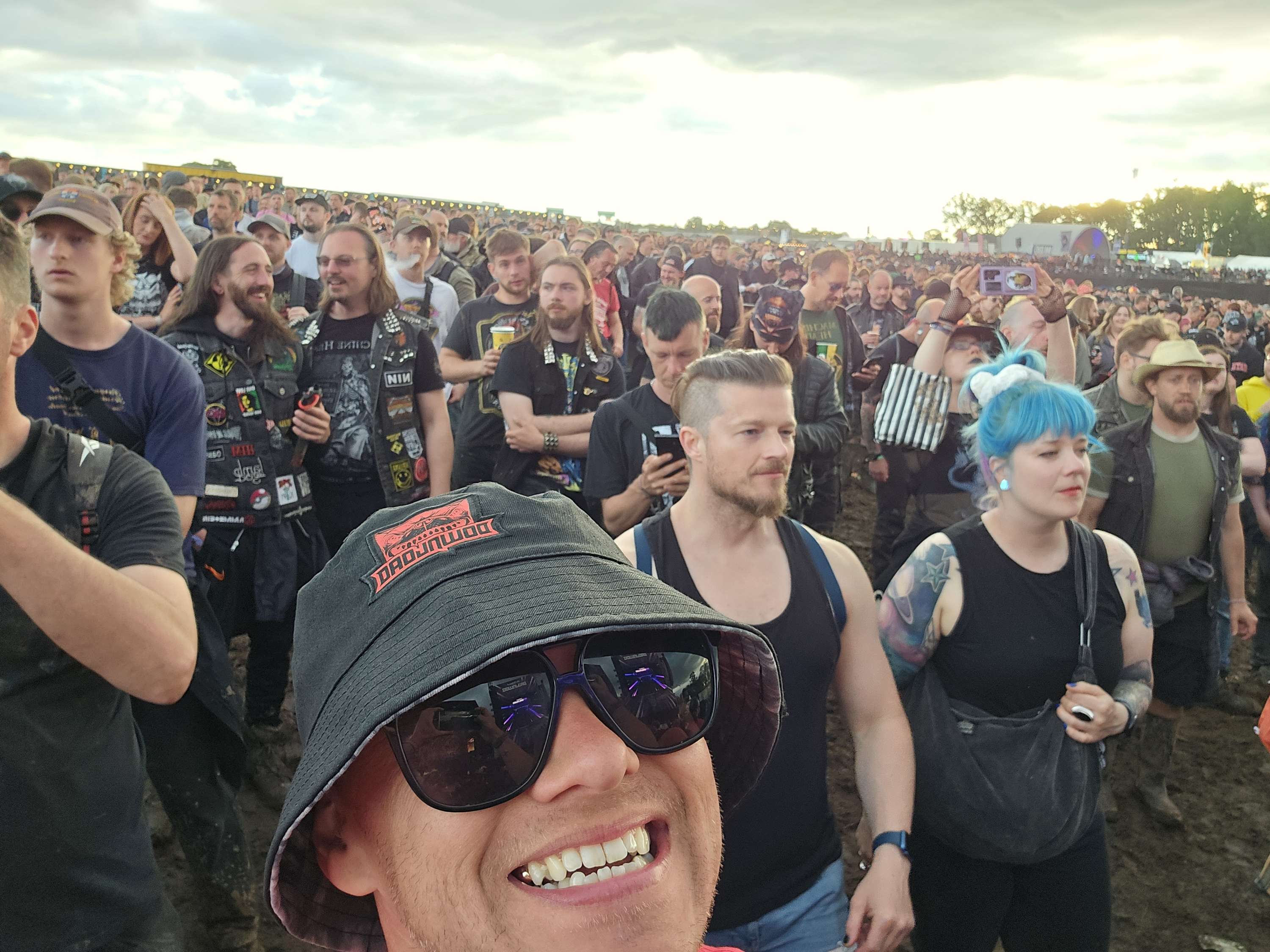DJI Mini 3 vs. Mini 4 Pro: Is it worth the upgrade?
- Richard Woods
- Aug 21, 2024
- 3 min read
I have been asked this question several times over the last few months and, in short, it simply depends on what you are using it for. The drones themselves are fairly similar in terms of general use and unless you are utilising the peak end of the performance of the drones, probably not.
Also at the time of writing the Mini 3 Pro has become almost impossible to source, though the care refresh plan is still available for you to have continuing technical support for your drone - 2 Year Care refresh - This is essential as it covers fly away also, and although these things are not expensive, nor are they pocket change for most of us.
I will look at the specs now to see just how different they are:
£689 | £N/A | £339 | |
Take-off Weight | 249g | 249g | 249g |
Wide Angle Camera | 1/1.3 inch CMOS, 48 MP, 24mm, f1.7 | 1/1.3 inch CMOS, 48 MP, 24mm, f1.7 | 1/1.3 inch CMOS, 48 MP, 24mm, f1.7 |
Video Resolution | 4K/100fps | 4K/60fps | 4K/30fps |
Transmission System | O4 | O3 | O2 |
Max Transmission Distance | 20 km | 12 km | 10 km |
Obstacle Avoidance Tech | APAS 5.0 | APAS 4.0 | N/A |
Obstacle Sensors | Omnidirectional Obstacle Sensing | Tri-Directional Obstacle Sensing | Downward Vision Sensing |
Max Flight Time (standard battery) | 34 minutes | 34 minutes | 38 minutes |
Max Fight Time (Intelligent battery) | 45 minutes | 47 minutes | 51 minutes |
This is pretty bare bones stuff.
Max transmission distance
The single greatest achievement for me is the signal strength which is governed by the RC-2 controller. I'm not saying you should send this out to 20 km (You will not be able to get it that far unless the conditions are perfect and all the planets have aligned and the gods of all religions are at peace), but the strength of the signal means that objects that once were obstacles are a little less of an issue - Though being an RF engineer I will state that basic physics means that most issues you had in the past will still remain and maintaining Line of Sight is not just a safety control measure for visual reasons but also just because radio waves travel in straight lines.
Obstacle avoidance sensors
The Mini does not feature an obstacle avoidance sensor, but instead relies on a downward vision sensing system primarily for landing assistance. Given its price point of £339, this limitation is within expectations.
In contrast, the Mini 3 Pro and Mini 4 Pro models excel in this aspect.
The Mini 3 Pro is equipped with Tri-Directional Obstacle Sensing, offering forward, backward, and downward vision capabilities. This system enables the drone to halt and hover in place when approaching obstacles such as trees.
The Mini 4 Pro surpasses this with its Omnidirectional Obstacle Sensing, providing a comprehensive view without any blind spots, ensuring a crash-proof experience.
The key consideration lies in the value you place on obstacle sensing. Is the additional £350 investment justifiable? Ultimately, this decision is subjective and dependent on your financial circumstances and risk tolerance.
It is important to note that the obstacle sensing capability of the Mini 4 Pro significantly outperforms that of the Mini 3 Pro. Consequently, the Mini 3 Pro can be discounted as an option, leaving you to choose between the Mini 3 and Mini 4 Pro.
If the additional cost is manageable for you, opting for the Mini 4 Pro is recommended as it serves as a robust insurance policy against potential accidents, safeguarding your drone from unintended collisions.
However, similar to choosing to forego insurance for financial reasons, you may decide to stick with the Mini 3 instead of upgrading to the Mini 4 Pro. Consider the likelihood of encountering obstacles such as trees based on your typical flying environments, whether wooded areas or open spaces.
The last point of note is the video
While all of these drones offer a 4K solution, the Mini 4 Pro has an ace up its sleeve. offering 100fps simply allows you to do much more with the footage once you get it into post, this will allow you to create slow motion epic moments superior to the quality of it forefathers. That being said, you are unlikely to need it unless looking at slo-mo.
Summary
The Mini 4 Pro is definitely superior in almost all respects, so the choice should be based on usage. For general use, stick with what you have and have fun. For a small drone that seriously packs a punch way above its weight class, get the Mini 4 Pro and go for it.
As always - Reach out with your questions - Fly safe and fly right




コメント